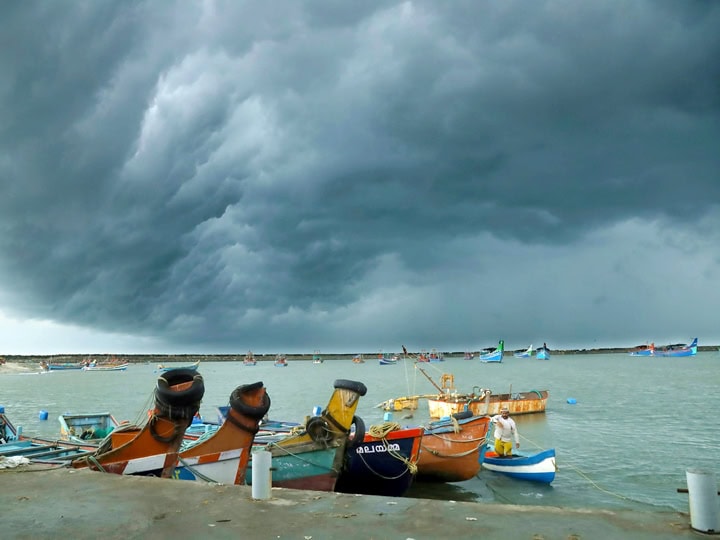India fears another test as a strong cyclone is forming off the eastern coast, according to the country’s weather bureau, as the death toll from a massive storm that wreaked havoc in the coronavirus-stricken country last week increased.
The depression was expected to develop a cyclone in the Bay of Bengal, called Yaas, before intensifying and reaching the eastern states of West Bengal and Odisha on Wednesday, according to the India Meteorological Department.
By mid-Wednesday, the system may have winds of up to 165 kilometres per hour, with intermittent highs of up to 185 kilometres per hour as a “Very Severe Cyclonic Storm,” the third-worst rating, according to the agency.
Storm waves of up to four metres (13 feet) are expected in coastal regions, according to the forecast.
Prime Minister Narendra Modi announced on Sunday that he had chaired a briefing on the impending storm and that the military and emergency response teams had been sent to assist with planning and possible rescue operations.
Cyclone Yaas is expected to strike soon after Cyclone Tauktae, India’s first major tropical storm of the season, which struck Gujarat on Monday.
According to the navy, the storm’s death toll increased to at least 140 on Sunday, with 70 bodies retrieved after the cyclone struck an oil rig off the coast of Mumbai and other support vessels.
The navy saved over 600 people, but five people are still missing after an accommodation barge for oil workers ripped free of its anchors and sunk during the hurricane.
The navy said in a statement on Sunday that “rescue operations by ships and helicopters/aircraft will continue in the area to locate the remaining crew of the sunken vessels.”
Bangladesh, which shares a frontier with West Bengal with India, said it was keeping an eye on Yaas.
“All the boats and fishing trawlers have been ordered to come close to the coast as a precautionary measure. Tomorrow (Monday) we will have a better idea where it is heading,” Bangladesh Meteorological Department senior weather forecaster Bazlur Rashid told the AFP news agency.
According to scientists, cyclones in the heavily populated area, which is currently dealing with a deadly outbreak of COVID-19 infections, are growing more frequent and stronger as sea temperatures rise due to climate change.
More than 110 people died in eastern India and Bangladesh in May after “Super Cyclone” Amphan devastated the area, flattening towns, burning farms, and leaving millions without power.










